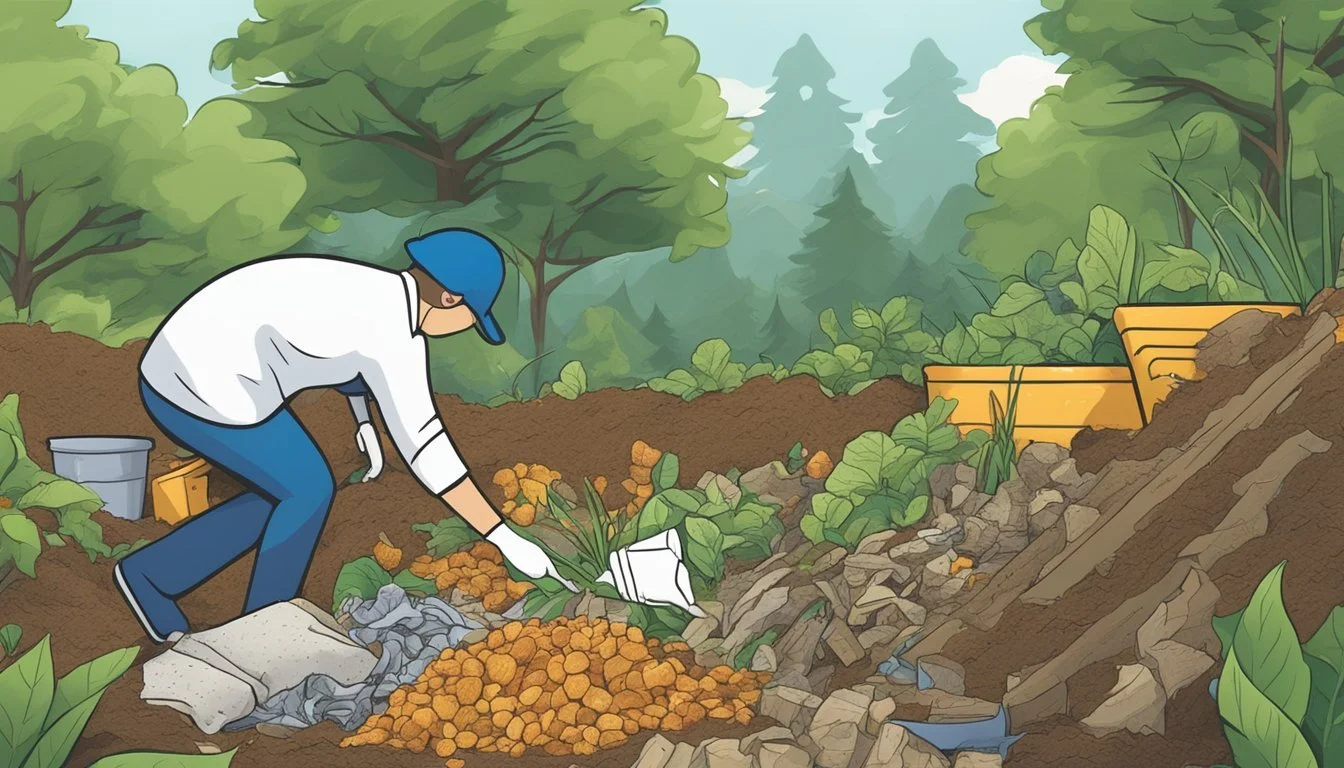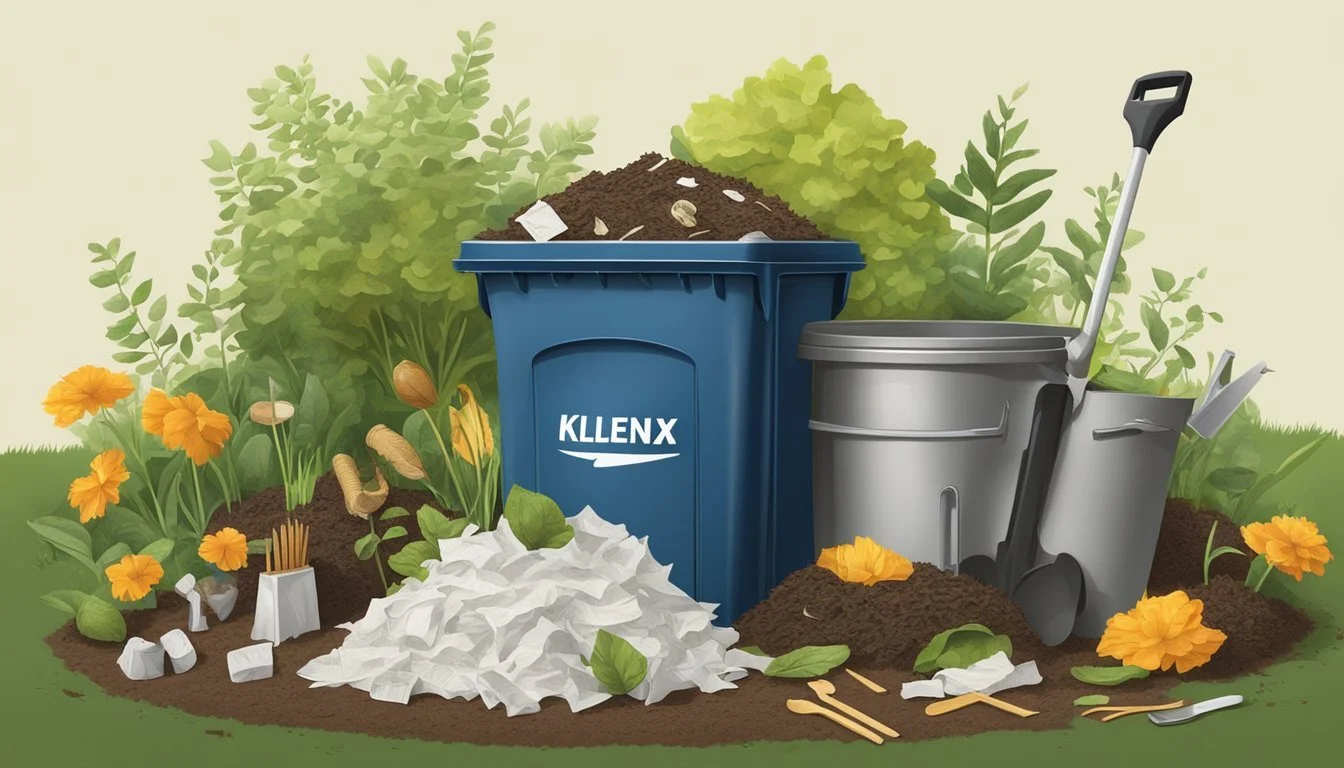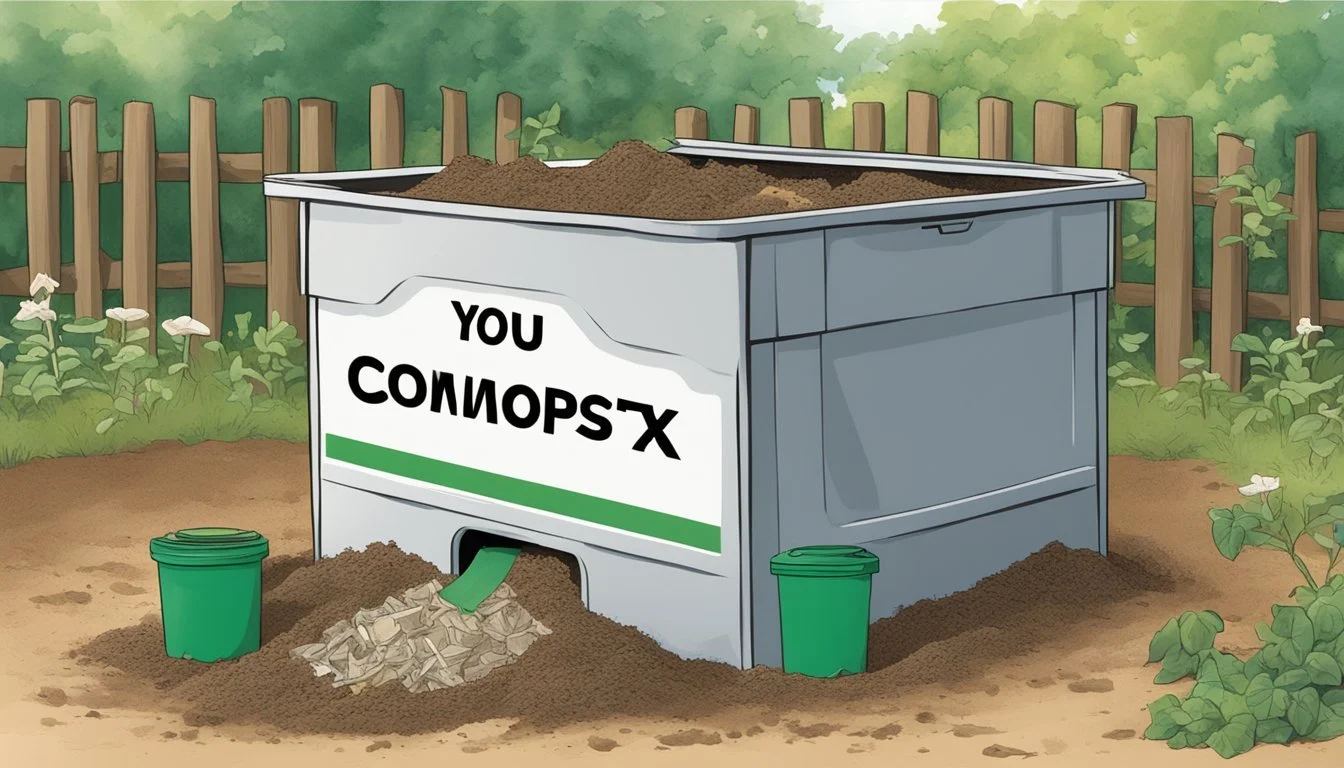Can You Compost Kleenex?
Unveiling the Truth about Facial Tissues in Compost
Composting has long been championed as a sustainable way to recycle organic waste, returning nutrients to the soil and reducing the need for chemical fertilizers. Common household items often find their way into the compost bin, but there is some debate over the compostability of certain products, including Kleenex tissues. While it's widely accepted that tissues can biodegrade, the question remains whether they are suitable for home compost piles.
Kleenex tissues are primarily made from paper and are rich in carbon, which is an essential component of the composting process. In compost, Kleenex acts as a "brown" material, balancing out the "green" kitchen scraps and yard waste which are high in nitrogen. The balance of green and brown materials is crucial for effective composting. Moreover, paper products like tissues tend to decompose quickly under the right conditions, with the decomposition process for tissues taking an average of four to six weeks.
However, caution is advised when it comes to composting used tissues. While tissues themselves are compostable, once they've been used for sanitary purposes, they may contain pathogens. A typical home compost pile may not reach temperatures high enough to kill these pathogens, thereby posing a risk of contamination. For this reason, it is generally recommended to keep used Kleenex out of the compost bin unless a hot composting method is employed that can reach pathogen-killing temperatures.
Can You Compost Kleenex? Understanding the Materials
Kleenex is a well-known brand that produces facial tissues commonly used for personal hygiene. These tissues are primarily made from cellulose fibers derived from wood pulp, which are inherently biodegradable. When considering their role in composting, it's essential to recognize that tissues like Kleenex can serve as a source of carbon, which is a critical element in the composting process.
As compostable organic matter, tissues can be broken down by microorganisms over time. Composting Kleenex, therefore, aligns with the essential principle of converting organic waste into beneficial compost. However, there are considerations to be mindful of:
Used Kleenex and Hygiene: Tissues that have been used for nasal purposes may contain pathogens. The heat generated in a typical compost pile may not always suffice to eliminate these pathogens.
Composition: Check for 100% virgin fibers. Tissues made from recycled materials may contain undesirable chemicals that aren't suitable for composting.
Beneficial Attributes:
Acts as a carbon-rich "brown" material in compost.
Contributes to the compost's balance of green (nitrogen-rich) and brown materials.
It's important to know that while Kleenex is compostable, one must ensure the compost heap is managed properly to degrade the tissues effectively and safely. They should be added to compost in moderation and balanced with other materials to facilitate efficient decomposition.
In sum, Kleenex, when not containing harmful additives or used for sanitary issues that might introduce pathogens, is a compostable material that adds carbon to a compost pile.
The Composting Process Explained
Understanding the intricacies of composting is essential for converting organic material like Kleenex into nutrient-rich soil. This section explores the stages of decomposition, various composting methods, and critical factors for successful composting, while also addressing common errors, the specific nuances of composting tissues, and potential impacts of facial tissue additives on the composting process.
Stages of Decomposition
The decomposition process begins with organic materials being broken down by microorganisms. This occurs in three stages: the Mesophilic phase, where the pile warms up; the Thermophilic phase, where high temperatures accelerate decomposition; and the Curing phase, where compost matures.
Composting Methods
Composting can be done through methods such as traditional compost heaps or bins, tumblers, and bokashi composting. Bokashi involves a fermentation process using bokashi bran to pre-digest waste before it's introduced to a traditional compost pile.
Essential Factors for Successful Composting
Key factors for effective composting include a balance of carbon-rich (browns) and nitrogen-rich (greens) materials, proper moisture levels, adequate oxygen, and maintaining an optimal temperature. Regularly turning the pile facilitates decomposition.
Common Composting Mistakes to Avoid
Frequent errors include failing to balance green and brown materials, inadequate aeration, and improper moisture levels. Adding non-biodegradable items or materials that can attract pests can also hinder the composting process.
Specific Considerations for Composting Tissues
Composting tissues requires ensuring they are free from contaminants such as oils, lotions, or makeup. Natural tissues devoid of scented additives decompose faster and are more suitable for a compost pile.
Impact of Facial Tissues Additives on Composting
Additives in tissues, such as lotions or fragrances, can negatively impact microorganisms. Choosing unscented and additive-free tissues is advisable to minimize risks and ensure a healthier compost pile.
Dealing with Disease and Hygiene in Compost
Pathogens from bodily fluids like sneezed-out mucus, saliva, or blood can pose health risks. Disease prevention involves not composting tissues used during illness or ensuring the compost reaches adequate temperatures to kill harmful bacteria.
Environmental Impacts of Composting vs. Landfills
In assessing the environmental impacts of compositional practices versus landfill disposal, clarity on how each method affects waste reduction and the ecosystem is essential. This section scrutinizes key considerations including waste diversion, ecosystem roles, contamination risks, material lifecycles, household waste minimization, and the sustainability of using products like Kleenex.
Reduction of Waste to Landfills
Composting is an effective strategy to reduce waste that goes to landfills. By diverting biodegradable waste from landfills to compost piles, the volume of overall waste is significantly lessened. As organic material decomposes in compost systems, it does not produce methane, a potent greenhouse gas often generated in anaerobic landfill conditions.
Composting and Its Role in the Eco-System
Composting plays a vital ecological role by recycling organic matter back into the soil. It encourages the production of beneficial bacteria and fungi that break down organic waste, creating nutrient-rich humus. This process yields valuable nutrients which enhance soil fertility and support plant growth, helping to maintain a healthy ecosystem.
Potential Contamination and Environmental Hazards
Although composting is an eco-friendly waste management practice, it can pose environmental hazards if not managed properly. Inadvertently composting hazardous materials or products treated with chemicals can lead to toxin release into the environment. It's imperative to ensure that compostable materials are free from contaminants to protect the environment.
The Lifecycle of Compostable Materials
Compostable materials undergo various stages before completely breaking down. Initially, micro-organisms start decomposing organic matter through a process driven by specific moisture and temperature conditions. Items like Kleenex, produced from wood pulp, can be composted if they have not been exposed to contaminants, but this process might take longer than for other organic waste due to their enhanced durability.
Benefits of Reducing Household Waste
Minimizing the amount of waste a household produces can substantially reduce one's carbon footprint. Encouraging practices like composting and recycling helps in reducing waste that would otherwise end in landfills, therefore conserving environmental resources and promoting an eco-friendly lifestyle.
Kleenex and Environmental Sustainability
Kleenex products, while made from paper, are designed to be durable and can contain inks, fragrances, or other additives, making them less suitable for composting. When weighing their environmental impact, considering compostability is necessary as they may not break down as efficiently as other paper products. Opting for eco-friendly alternatives or recycling where possible can contribute to protecting the environment.
Practical Guide to Composting Kleenex
Composting Kleenex can be a straightforward process when done correctly, contributing to waste reduction and creating rich organic material for gardens. This guide provides specific steps and considerations to ensure successful decomposition of Kleenex in your compost.
When and How to Add Kleenex to Your Compost
Kleenex can be added to your compost bin as part of the carbon-rich 'brown' materials. It is ideal to shred the tissue into small pieces to expedite breakdown and mix with greens for a balanced compost. Ensure that Kleenex is moist but not soaked when added.
Steps to Add Kleenex:
Shredding: Rip or shred the Kleenex to increase surface area.
Mixing: Add to compost along with nitrogen-rich 'green' materials like food scraps or grass clippings.
Turning: Regularly turn your compost pile to improve aeration.
Signs of Proper Decomposition Vs. Issues
To determine if your compost is processing Kleenex appropriately, look for a reduction in volume and transformation into humus-like material. Signs of issues include:
Bad Odor: Indicates anaerobic decomposition.
Slow Break Down: Suggests improper balance of greens and browns.
Presence of Pathogens: Kleenex used to blow noses might contain pathogens; high temperature in the compost heap is necessary to eliminate these.
Optimizing Your Compost Mix
Creating an effective compost mix involves maintaining the right balance of greens and browns, providing sufficient moisture, and ensuring proper aeration.
Balance:
Browns: Incorporate carbon-rich materials like shredded Kleenex, cardboard, and dry leaves.
Greens: Add nitrogen sources such as foodstuffs, grass, and coffee grounds.
Handling Pet-Related Waste
When it comes to composting Kleenex used for pet waste like cat or dog poop, it's imperative to avoid adding it to your personal compost bin due to the risk of pathogens. Instead, look for community composting resources that can process these materials safely.
Accessing Community and Urban Composting Resources
Community composting facilities often offer drop-off options for compostable items not suitable for home composting, like pet-related Kleenex. Utilize these resources to ensure a broader spectrum of waste can be composted safely and effectively.
Conclusion: Is Kleenex Compostable?
Kleenex tissues, made primarily from wood pulp, can be considered compostable under the right conditions. These products, often utilized in households, contribute to the carbon-rich "brown" element essential for a balanced compost heap. They have the potential to decompose, turning into beneficial matter that enriches the soil.
Composting Kleenex serves an environmentally friendly purpose by reducing waste that would otherwise occupy space in landfills. The decomposition process facilitated in compost bins also prevents the release of toxins that may otherwise leach from landfills into surrounding ecosystems.
It is, however, important to note that while Kleenex tissues are compostable, they may carry pathogens if used for sanitary purposes. Regular home composting systems typically do not reach high enough temperatures to eradicate such pathogens.
In summary, one should cautiously add Kleenex to the compost to avoid introducing contaminants. This practice can aid in efforts to reduce waste and support a healthier environment, provided it is done with mindfulness of potential hygiene risks.






